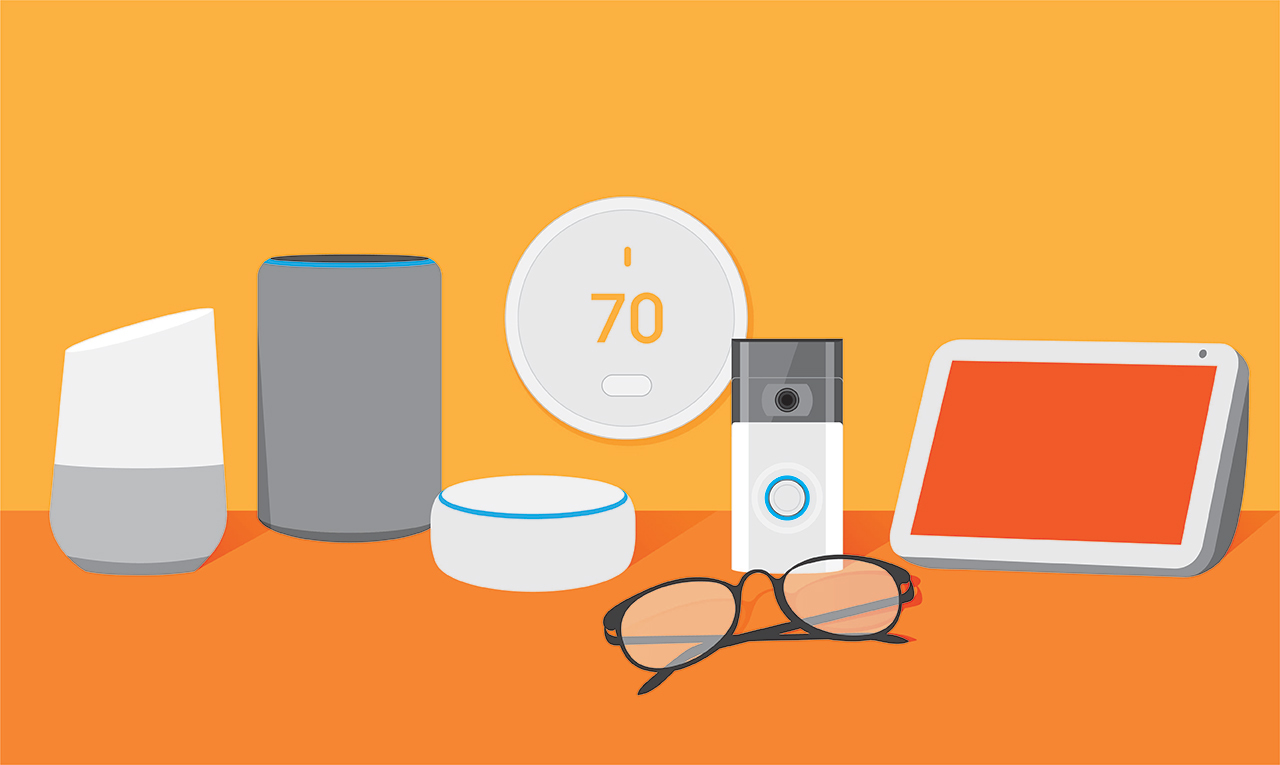Designing Products and Experiences for an Aging Population

For 50 years, the Consumer Electronics Show (CES) has been the mainstage for consumer technology innovation as well as a predictor for marketers of where design, branding and consumer experience are headed. At CES 2020 we came away with many learnings, but we were particularly intrigued by technology’s impact on our country’s aging population. It became evident that technology innovation is working harder than ever to help consumers live their smartest lives, and it can have a considerable impact on the baby boomer population (those aged 55+), including in the following areas:
1. Tech can help people live more independently
From autonomous cars to self-cleaning toilets, technology is becoming advanced enough to remove some of burdens from everyday life — both physical and cognitive. These technologies can help people live in their homes longer (a trending movement called “aging in place”), allow aging consumers to maintain their independent lives and alleviate some of the pressure on caregivers.
2. Tech can keep people from becoming lonely
We recognized the potential of artificial intelligence (AI) in developing tools to keep people socially engaged. Whether that’s a responsive voice-activated system or a bot that keeps you company at home, these technologies can provide social interaction and support for community members who struggle to find peer connections.
However, there are barriers to tech adoption, including a learning curve with new technology and the fear of bringing unknown tech into the home (for data privacy reasons or otherwise). It begs the question: How can marketers help consumers overcome these barriers? We believe the secret lies in three things:
1. Inclusive design
The boomer generation has tremendous buying power. However, many of us are designing for an audience between the ages of 18 and 34. We need to recognize the power of the boomer generation in consumer tech and include these influential people (and frankly, many other populations) in creative teams and conversations about product design.
2. Transparency
One brand at CES, Myant’s new Skiin, was selling smart undergarments that were very popular. Why are smart undergarments acceptable while other technologies are “too invasive” for consumers? We believe it’s essential for brands to provide transparency on what information is being collected and how it’s being used. This can turn a potentially invasive product into something that helps consumers live their smartest lives.
3. An understanding of behavioral economics
We believe it’s essential to incorporate behavioral economic theory (the psychological, cognitive, emotional, cultural and social reasons why people buy) into product design. How can brands and products encourage consumers to make decisions that help them live their smartest lives? This is the truth behind creative brand building: understanding why we make the decisions we do and using those philosophies to build smarter, more helpful technologies.
As generations shift and technology becomes more advanced, marketers and their creative partners need to continue adapting to different sects of the population. As was evident at CES 2020, brands will need to keep up with not only tech innovation but also the nuances and needs of specific populations. Highlighting inclusive design, transparency and behavioral economics in product development, marketing and brand building will help keep the entire population at the forefront of technology for years to come.
Want to hear more? Our team dove deep into this topic on a recent episode of our podcast, Nerd Sniped. Listen here.